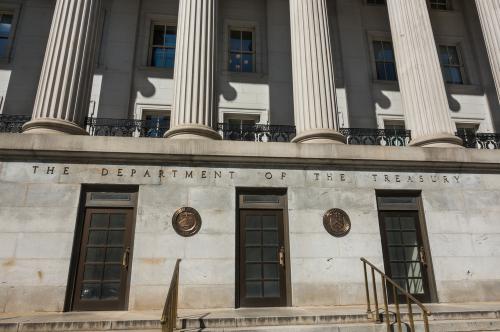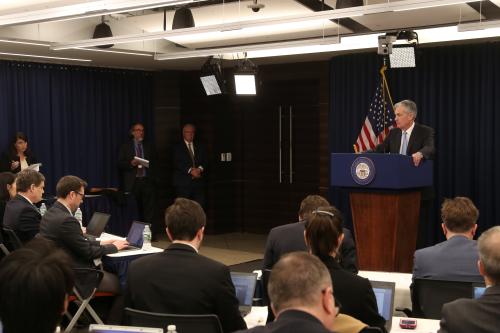Statistics on household borrowing released today showed another decline in the third quarter. The ratio of household debt to after-tax income is now 1.22, down from a peak of 1.35 at the end of 2007, though still well above its level at the beginning of the last decade.
The downtrend in debt is an important part of households’ efforts to shore up their financial conditions in the wake of the excesses of the credit boom that precipitated the financial crisis. As I discussed in a presentation on household deleveraging (PDF), the reduction in debt reflects a couple of different forces. Of course, households have been borrowing less over the past couple of years, both because of lenders’ reluctance to make loans and because borrowing typically declines in an economic slump, even when there is no credit crunch. But, a considerable share of the deleveraging can be accounted for by high rates of defaults on consumer loans and mortgages. While defaulting typically has other consequences that are undesirable, it is a way in which some of the most distressed households have been able to shed their debt.
Although credit supply conditions have been thawing, it seems very likely that we will see significant further deleveraging, particularly in the form of additional defaults on mortgage debt. With the unemployment rate close to 10 percent and nearly ¼ of all mortgage borrowers “under water,” the share of mortgage borrowers having payment problems remains very high. Moreover, a key government foreclosure prevention program, the Home Affordable Modification Program, has provided fewer than ½ million borrowers with permanent modifications, far less than the original expectation that the program might be able to offer assistance to up to 3 to 4 million homeowners. And many of those receiving permanent modifications may not, over the longer run, avoid default and foreclosure given that, on average, they still face total monthly required debt payments that amount to 63 percent of their pre-tax income.
In terms of the implications of these additional defaults for the economic recovery, it is not clear how the spending of those households directly involved will be affected. Foreclosure will tarnish their credit records, making it more difficult and more expensive for them to finance spending through credit for at least several years. On the other hand, these households have been relieved of onerous debt obligations (assuming they have transitioned to a more sustainable and affordable housing situation), which should be a positive for their capacity to spend.
The biggest issue for the economic recovery, then, is probably not the spending of foreclosed-upon households but rather the risks associated with the possible indirect effects of significant further deleveraging in the form of mortgage defaults. Considerable additional charge-offs of mortgage debt could hurt the still-fragile banking system, and, in turn, cause another broad pullback in lending. In addition, were foreclosed-upon properties to flood the housing market, housing prices might resume their downtrend, reducing the wealth of homeowners (both distressed and undistressed), which, in turn, would damp their spending. Although these developments are not the most likely outcomes, they underscore the need for housing policies that focus not only on reducing foreclosures but also on mitigating the effects of foreclosures that cannot be prevented.
The Brookings Institution is committed to quality, independence, and impact.
We are supported by a diverse array of funders. In line with our values and policies, each Brookings publication represents the sole views of its author(s).



Commentary
Household Deleveraging and the Economic Recovery
December 9, 2010